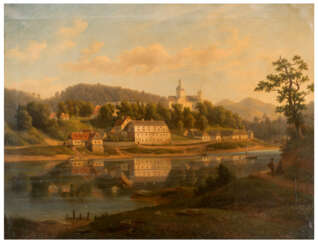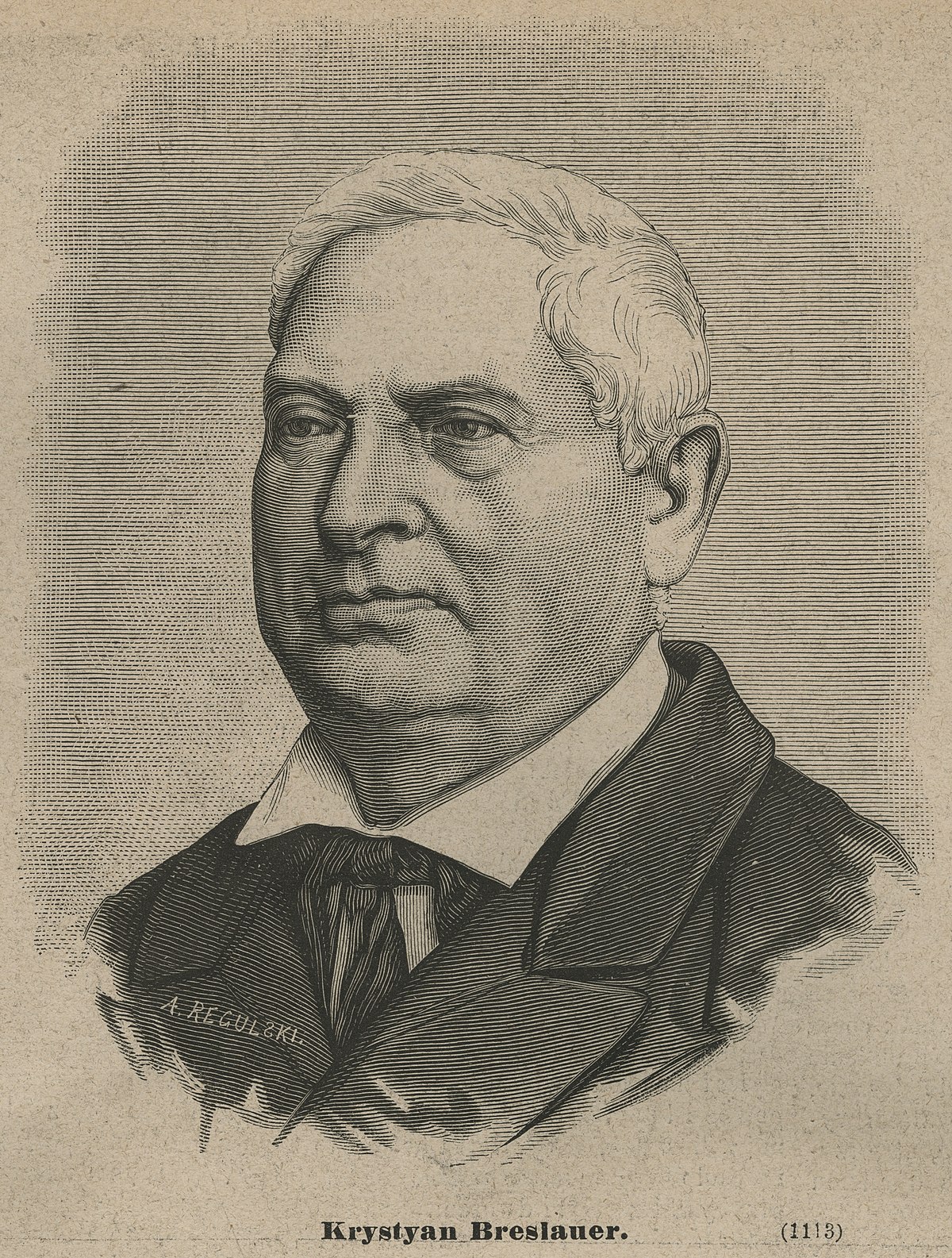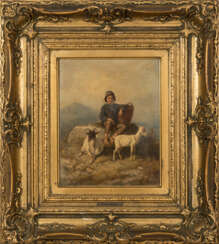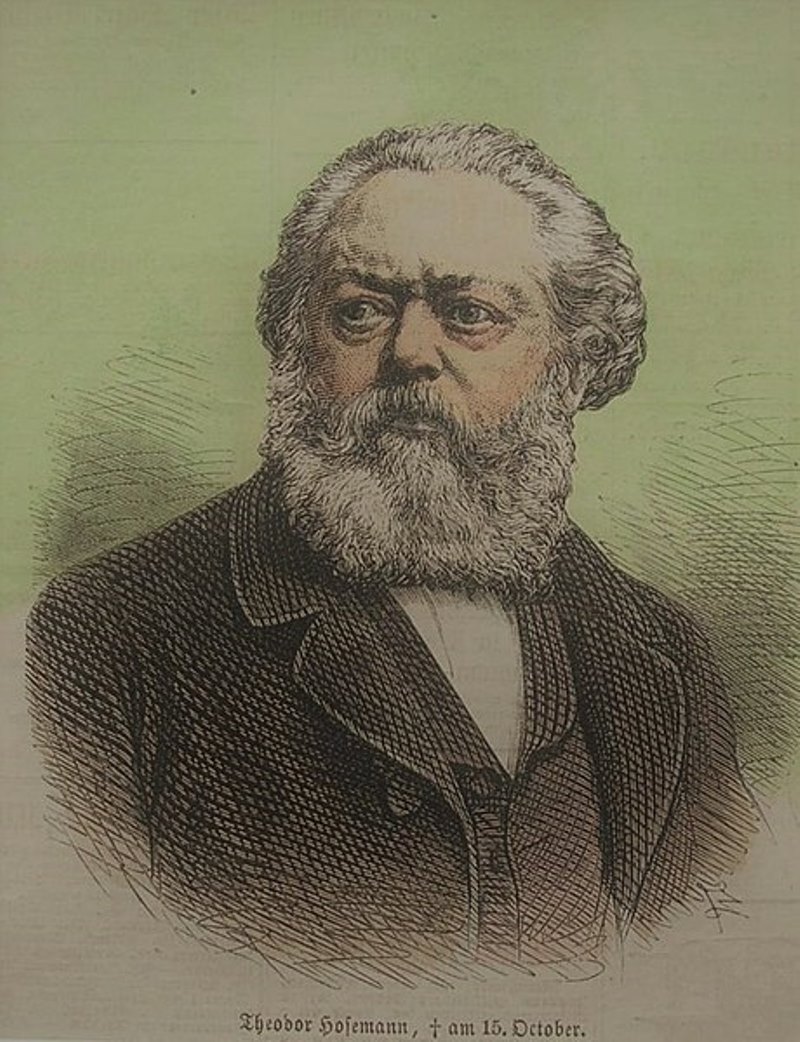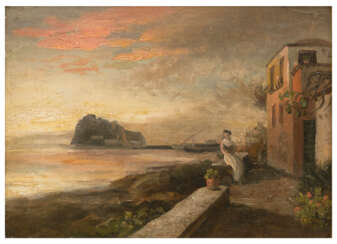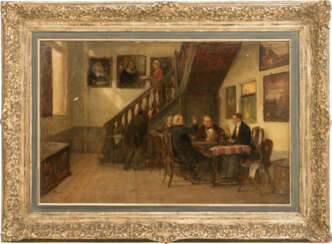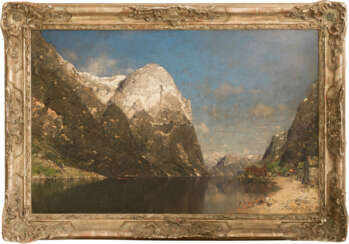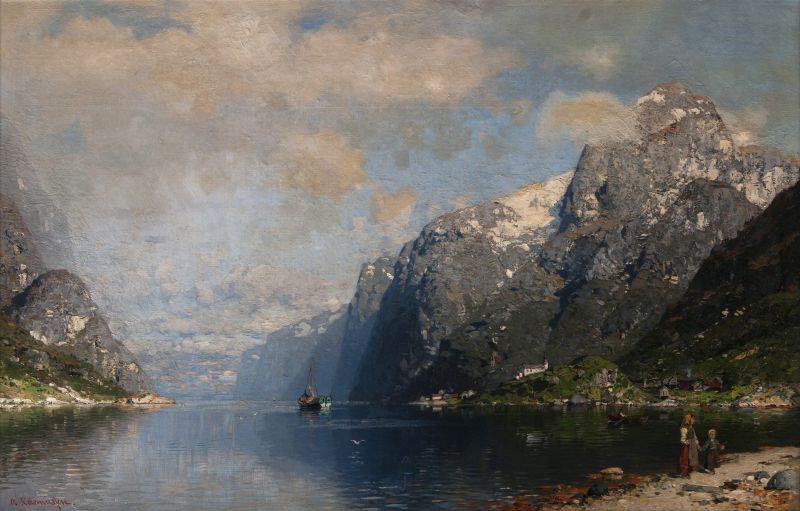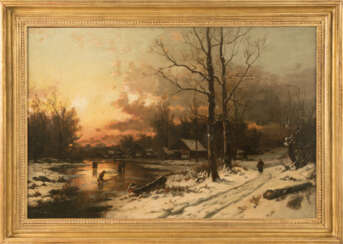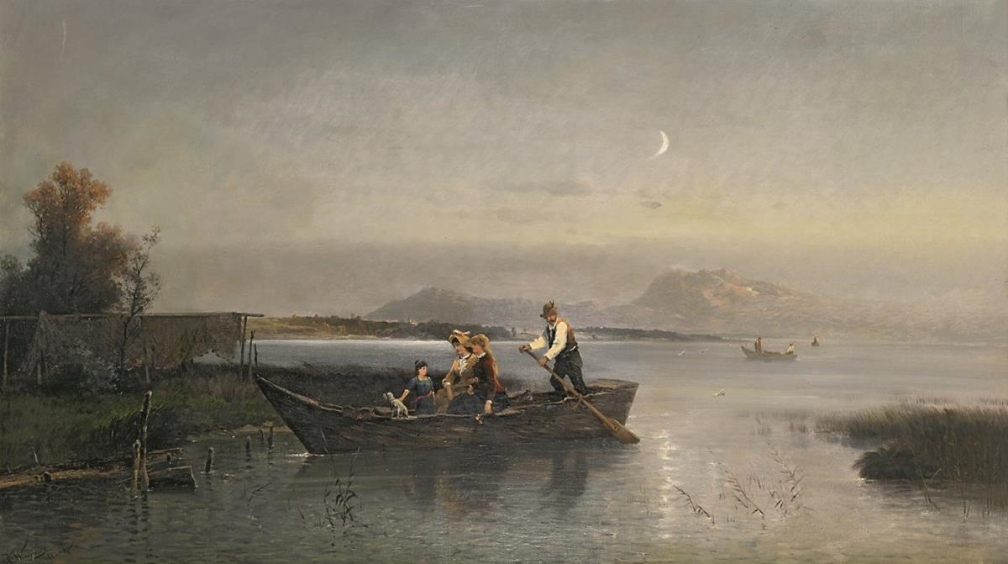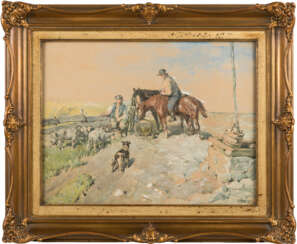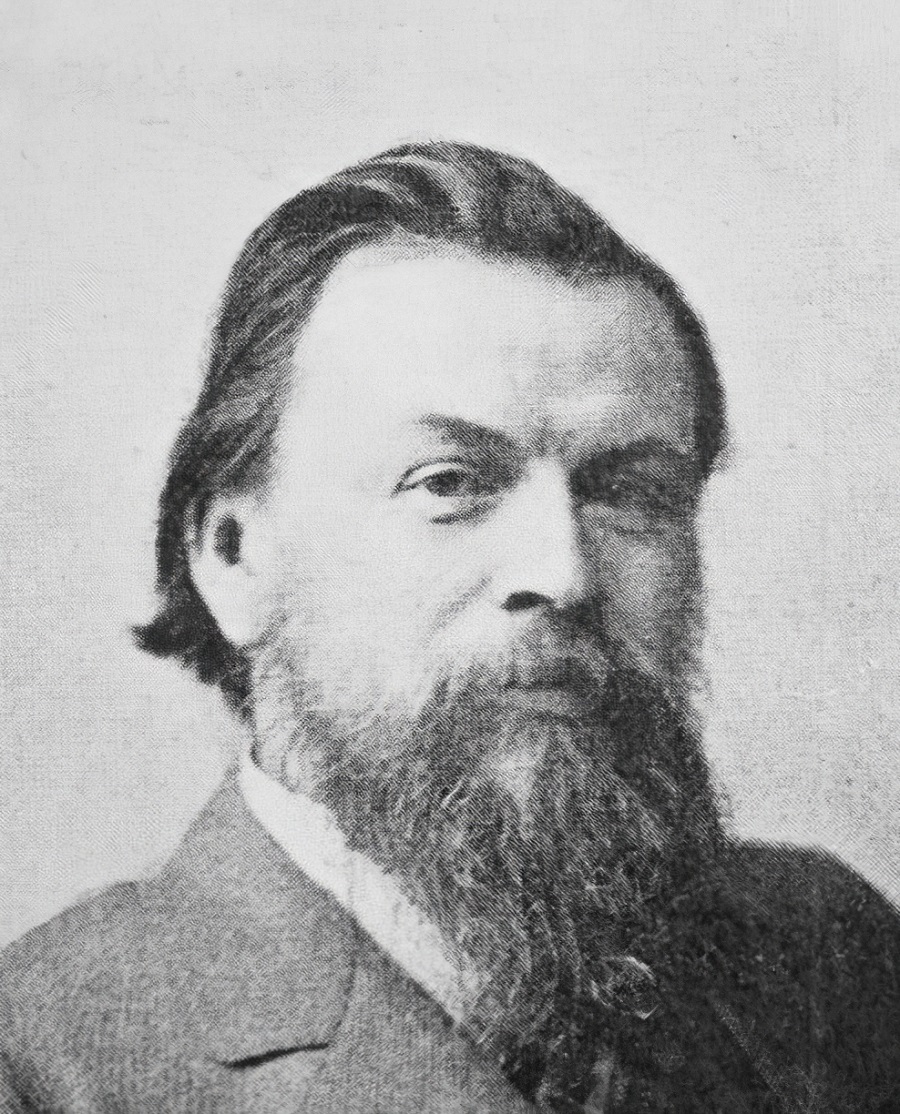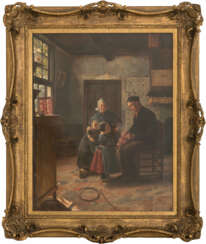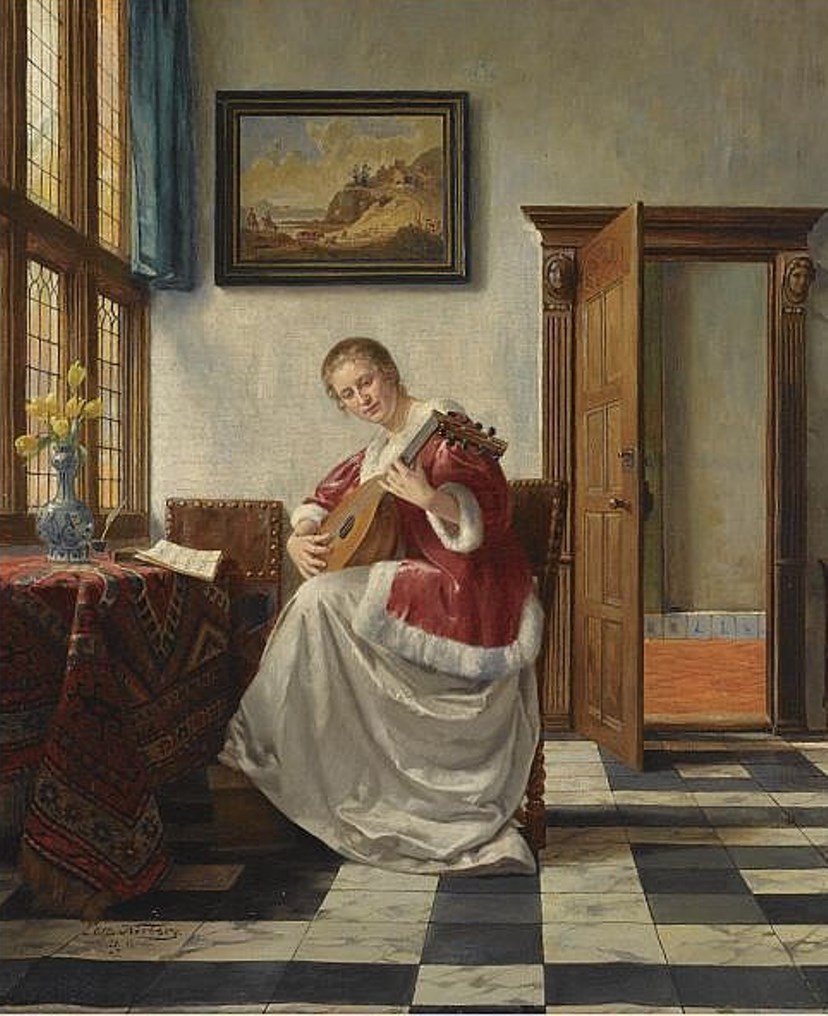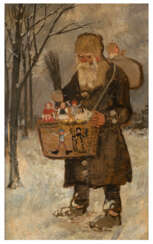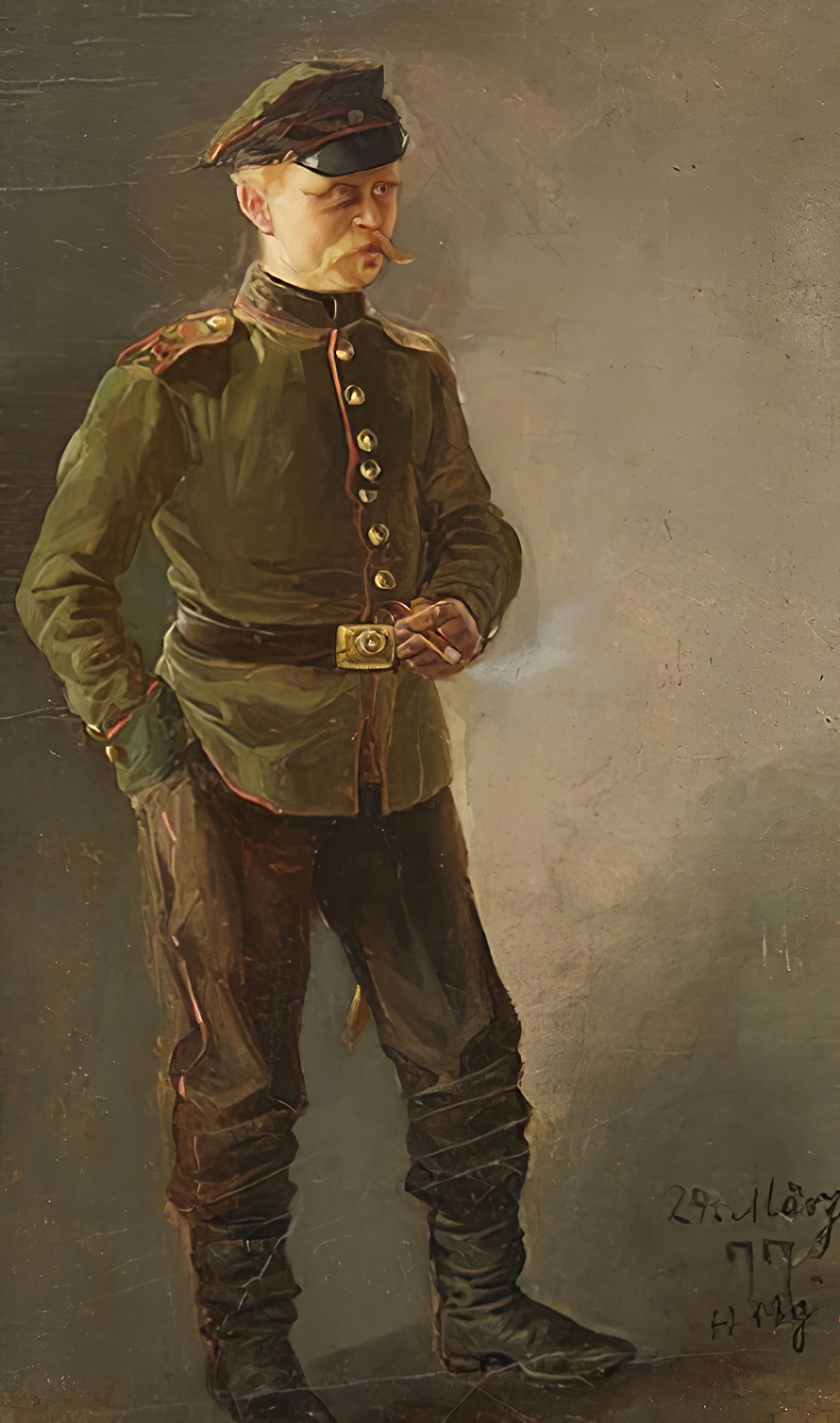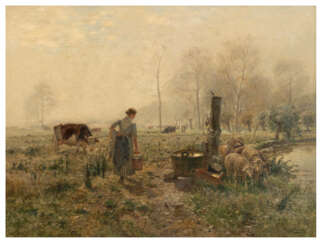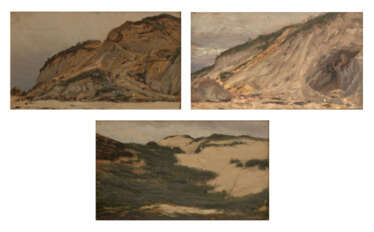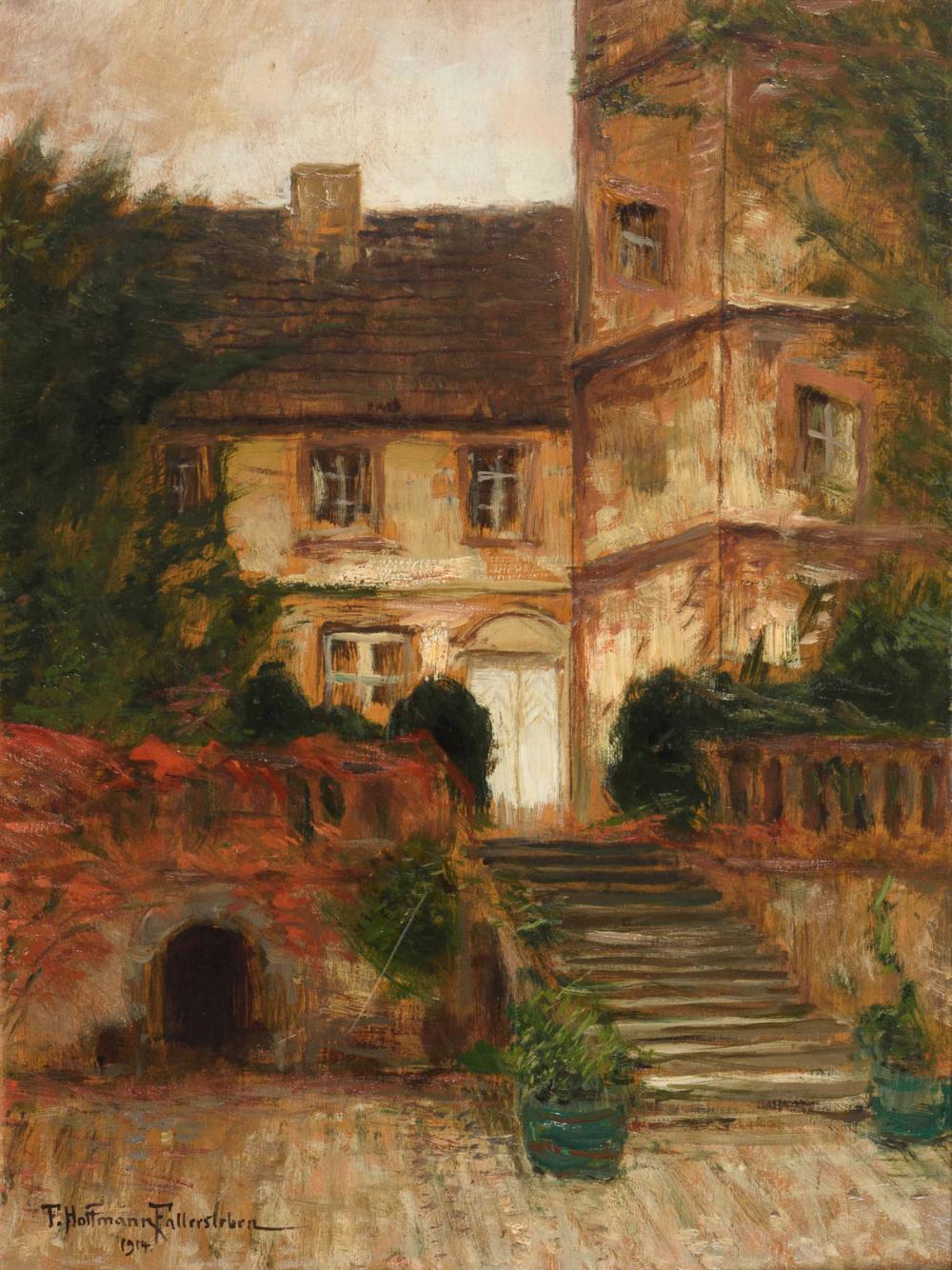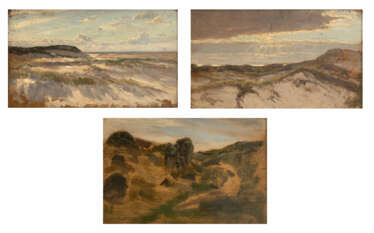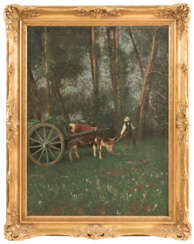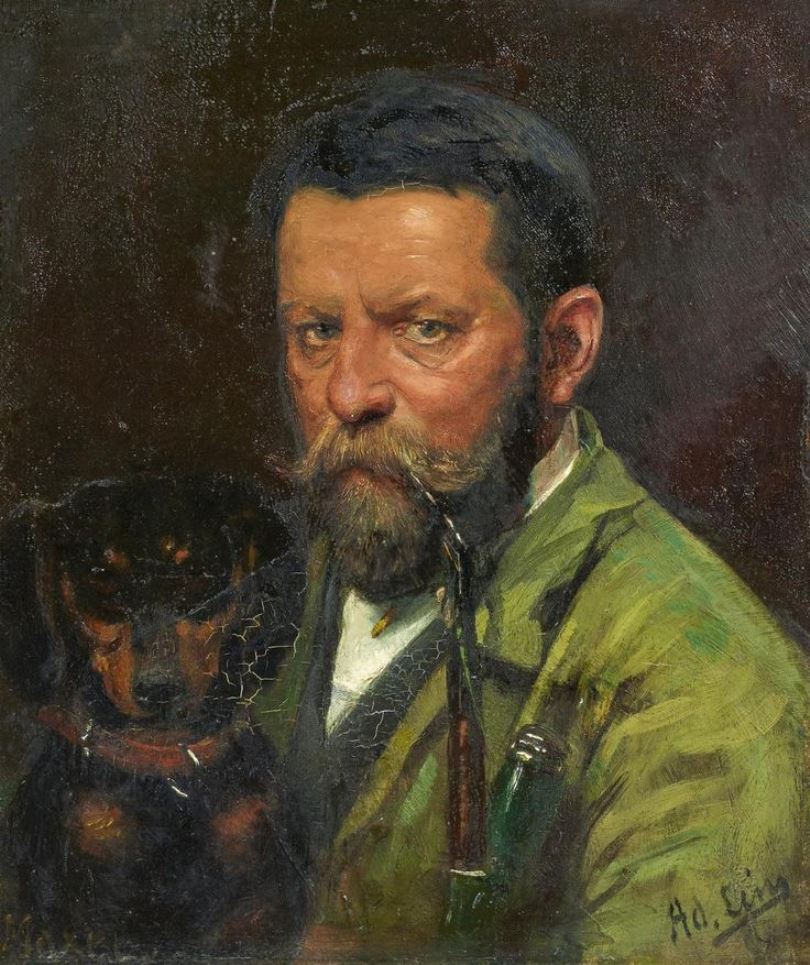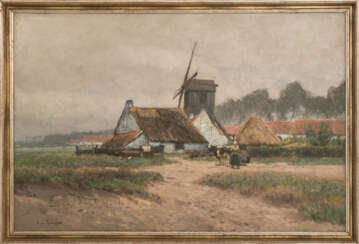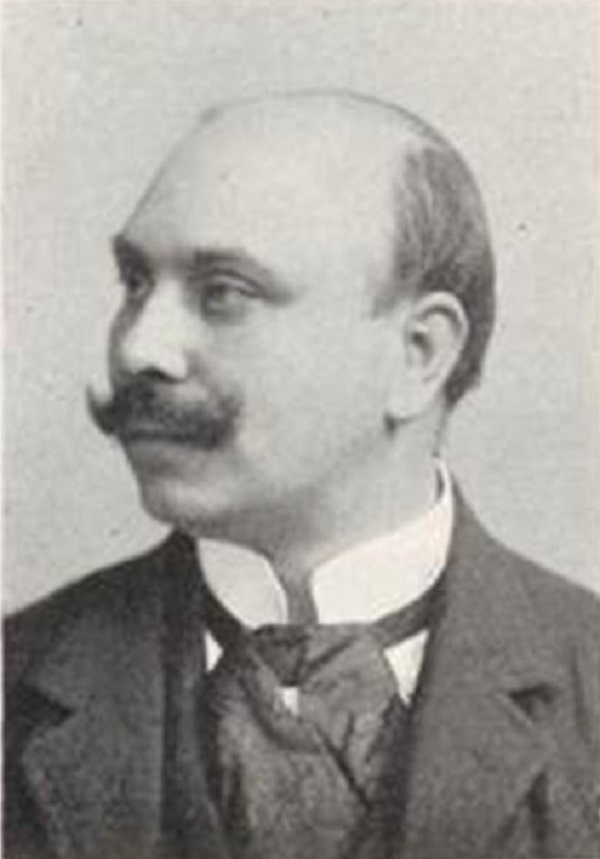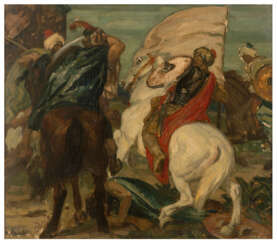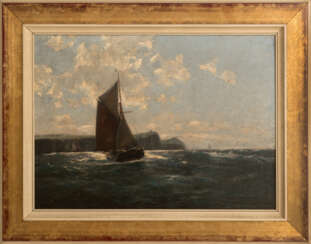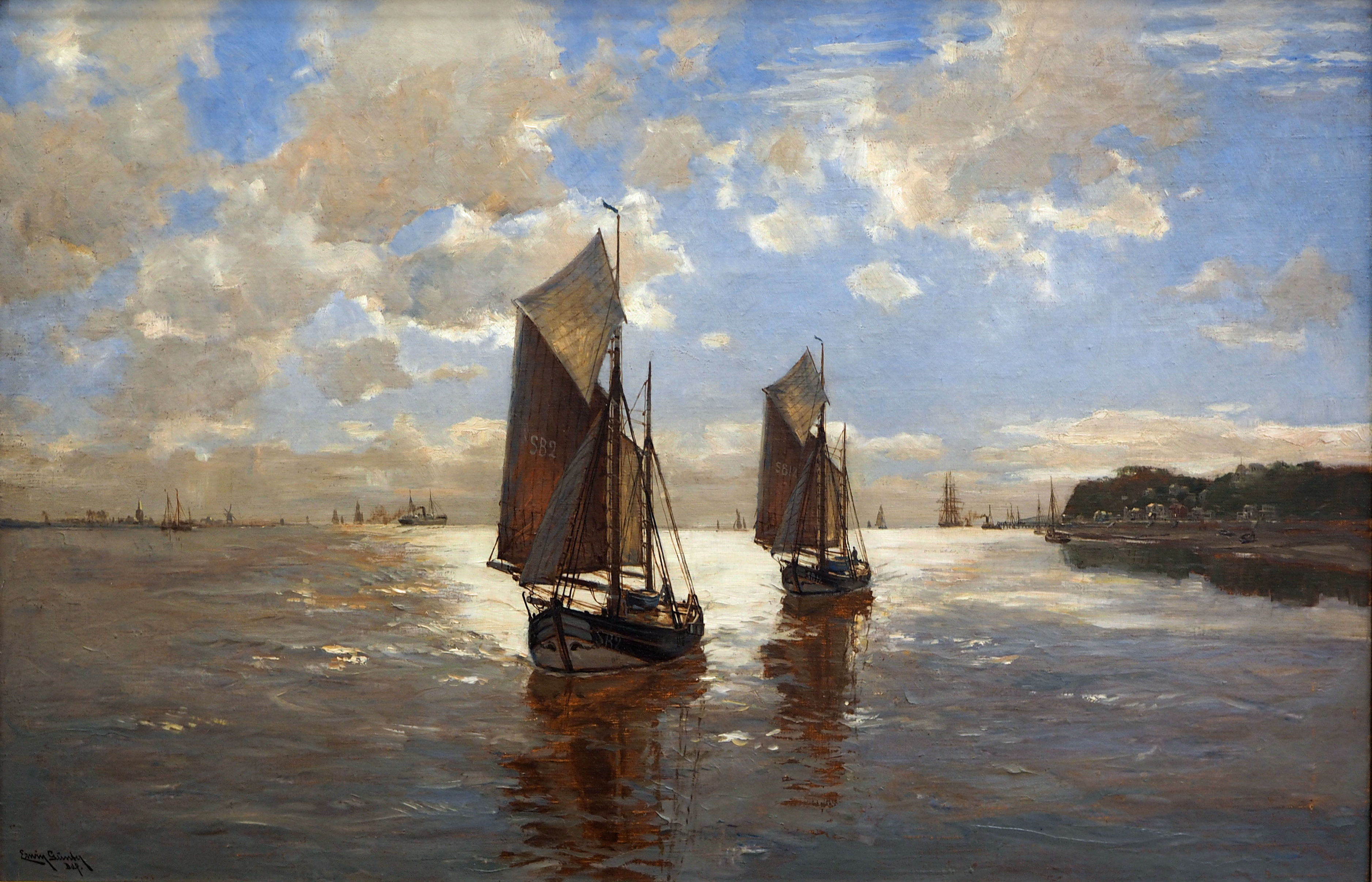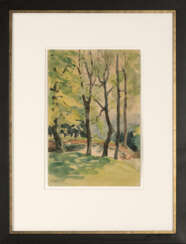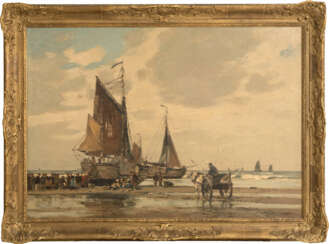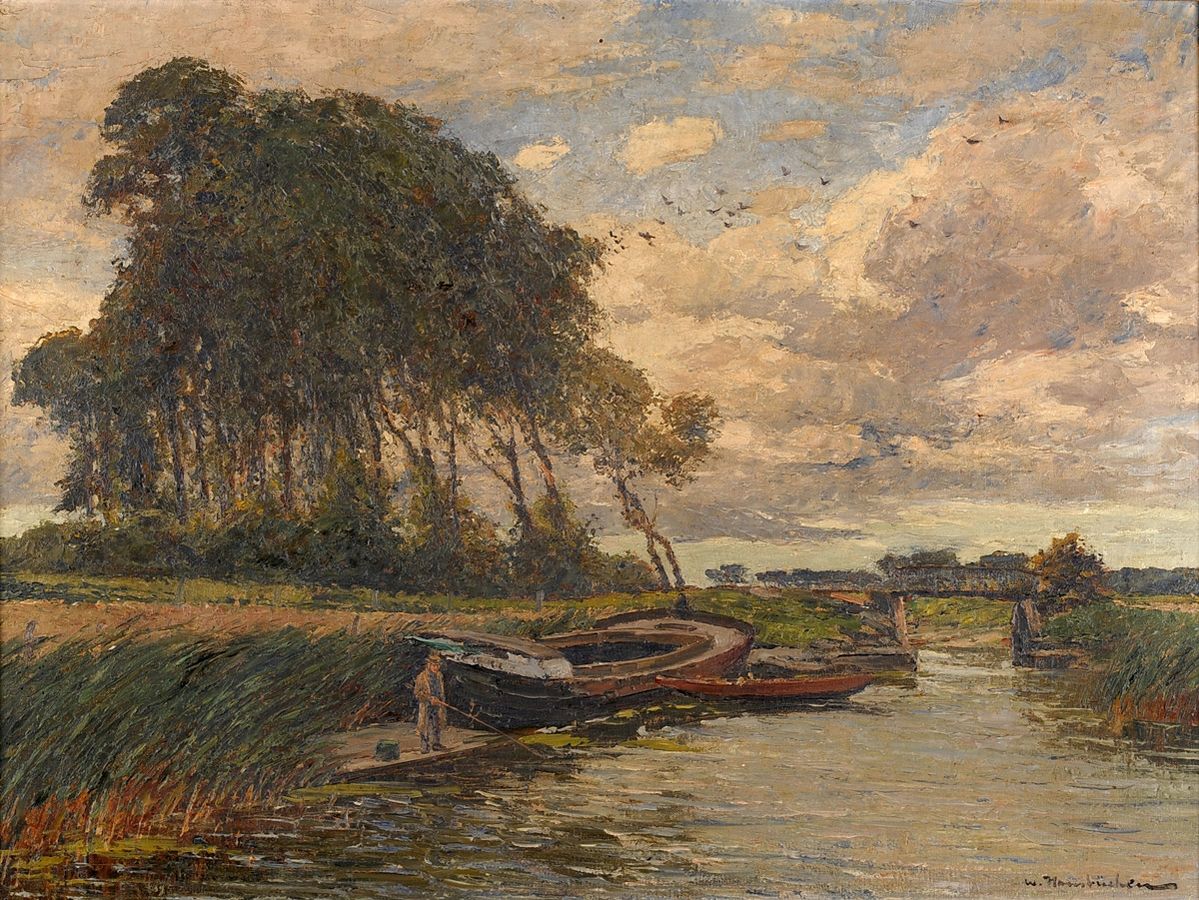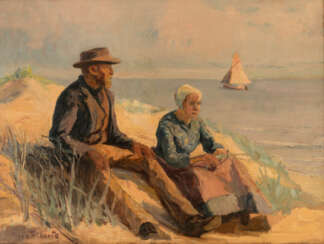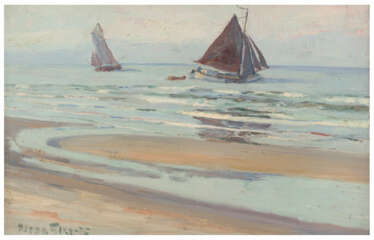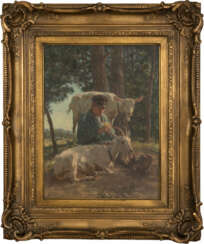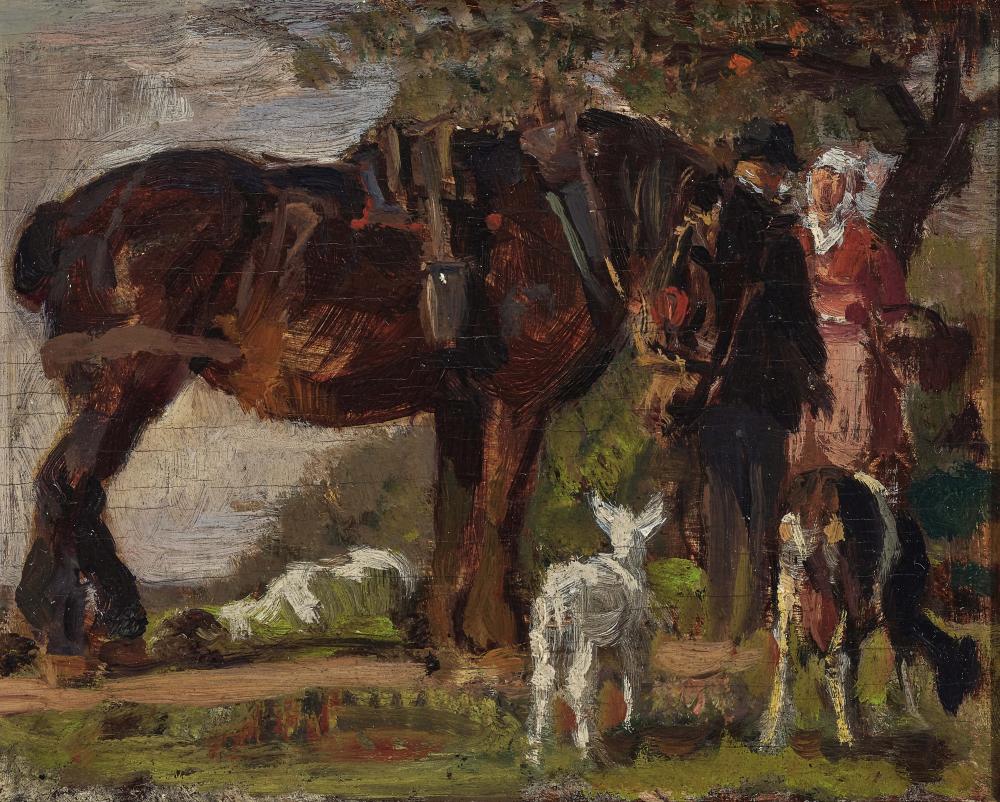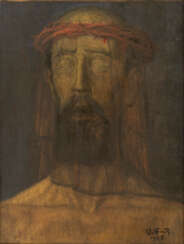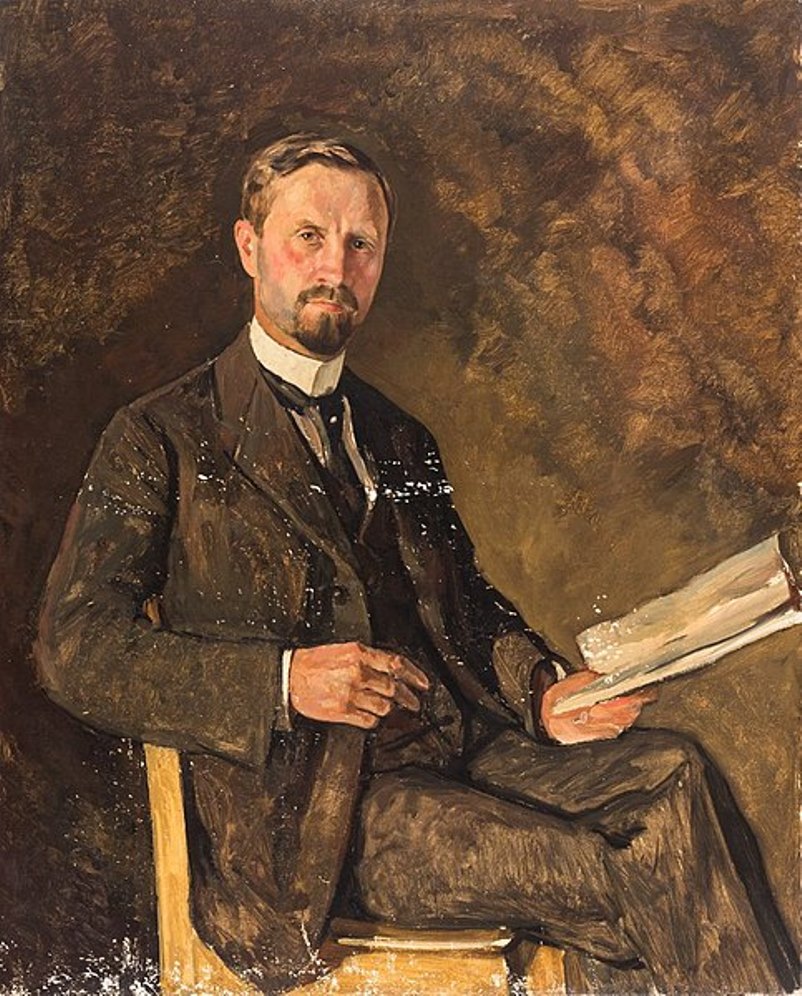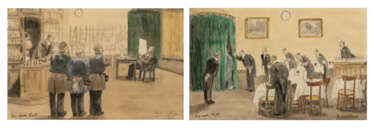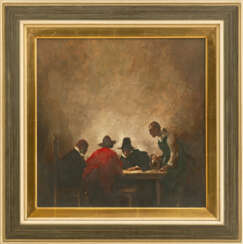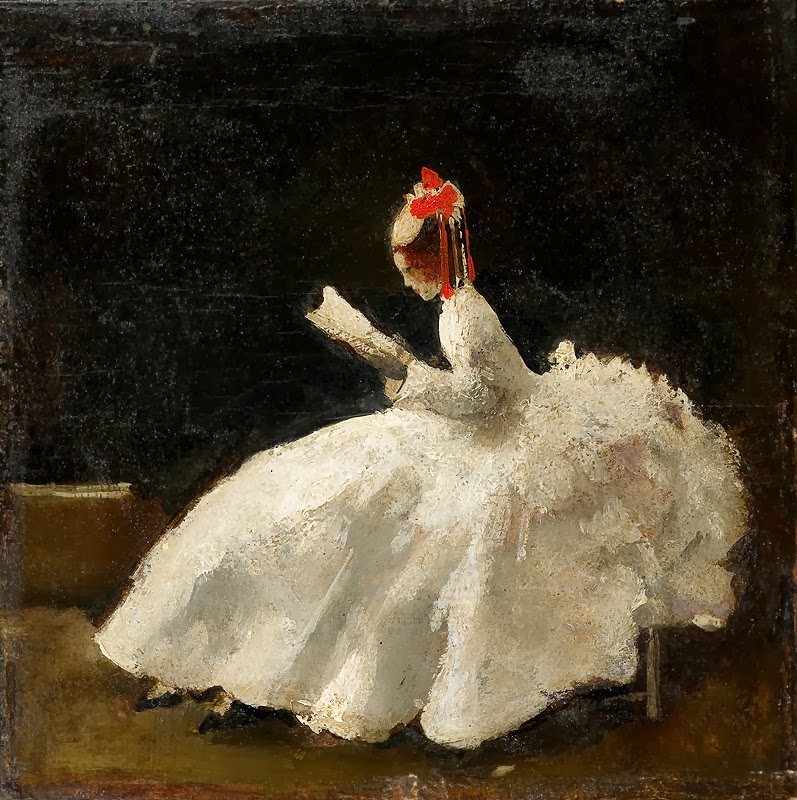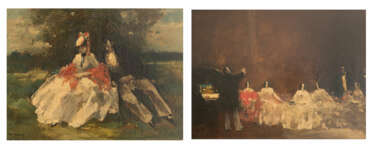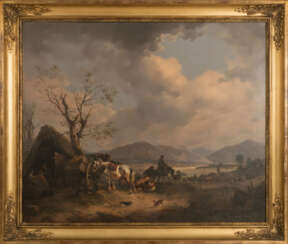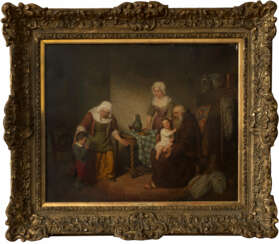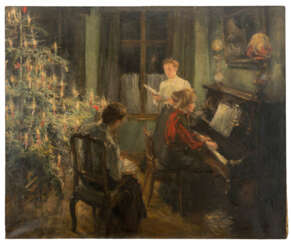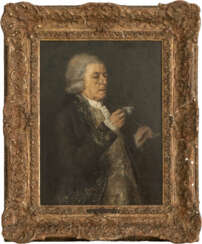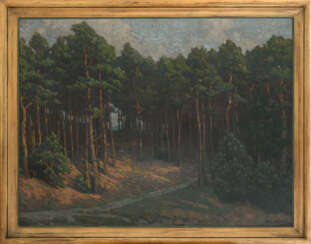
Alte Kunst | Moderne & Zeitgenössische Kunst
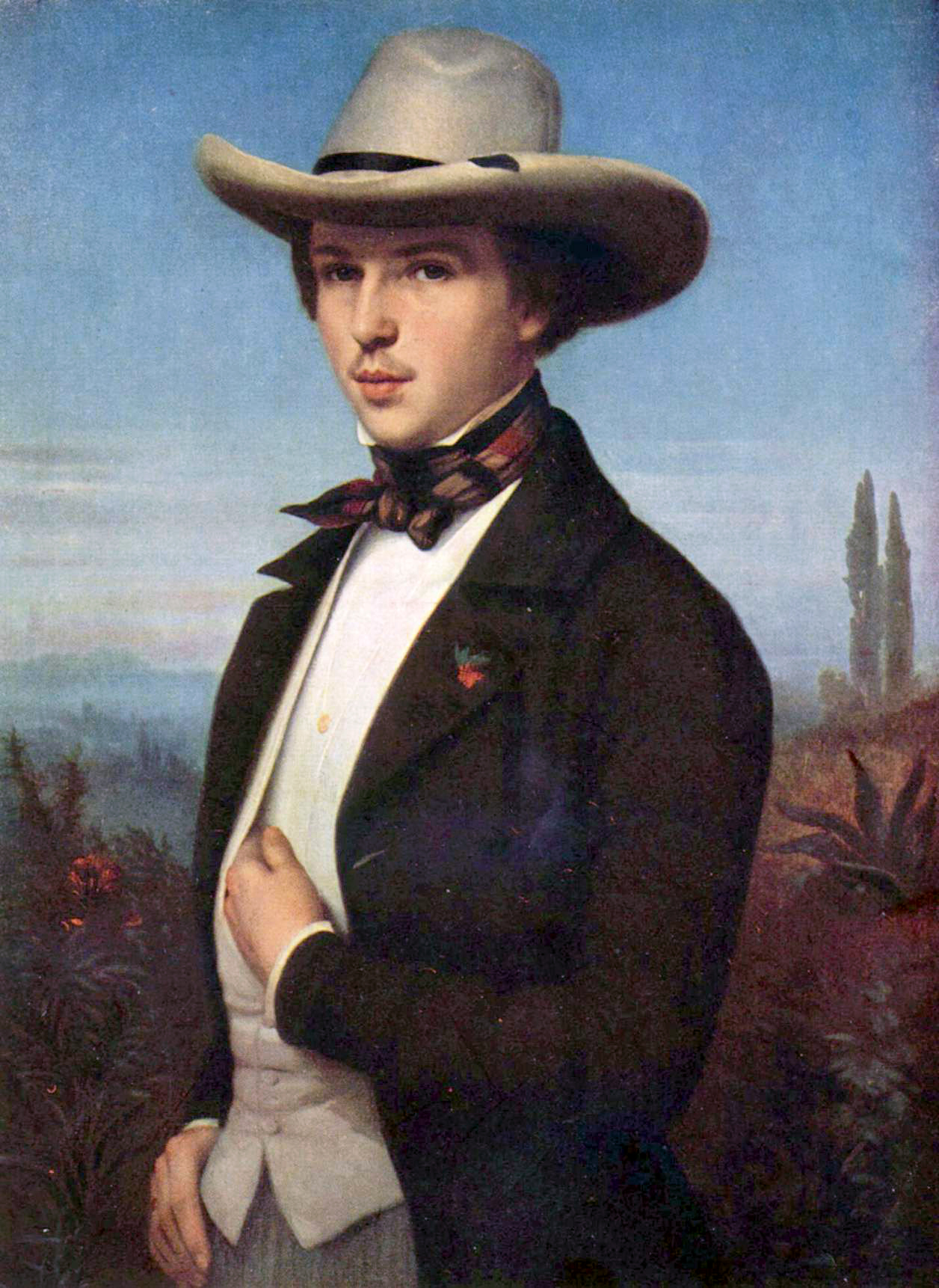
Oswald Achenbach was a German painter associated with the Düsseldorf school of painting. Though little known today, during his lifetime he was counted among the most important landscape painters of Europe. Through his teaching activities, he influenced the Kunstakademie Düsseldorf. His brother, Andreas Achenbach, who was twelve years older, was also among the most important German landscape painters of the 19th century. The two brothers were humorously called "the A and O of Landscapes" (a reference to their initials matching a common German reference to the Alpha and Omega).
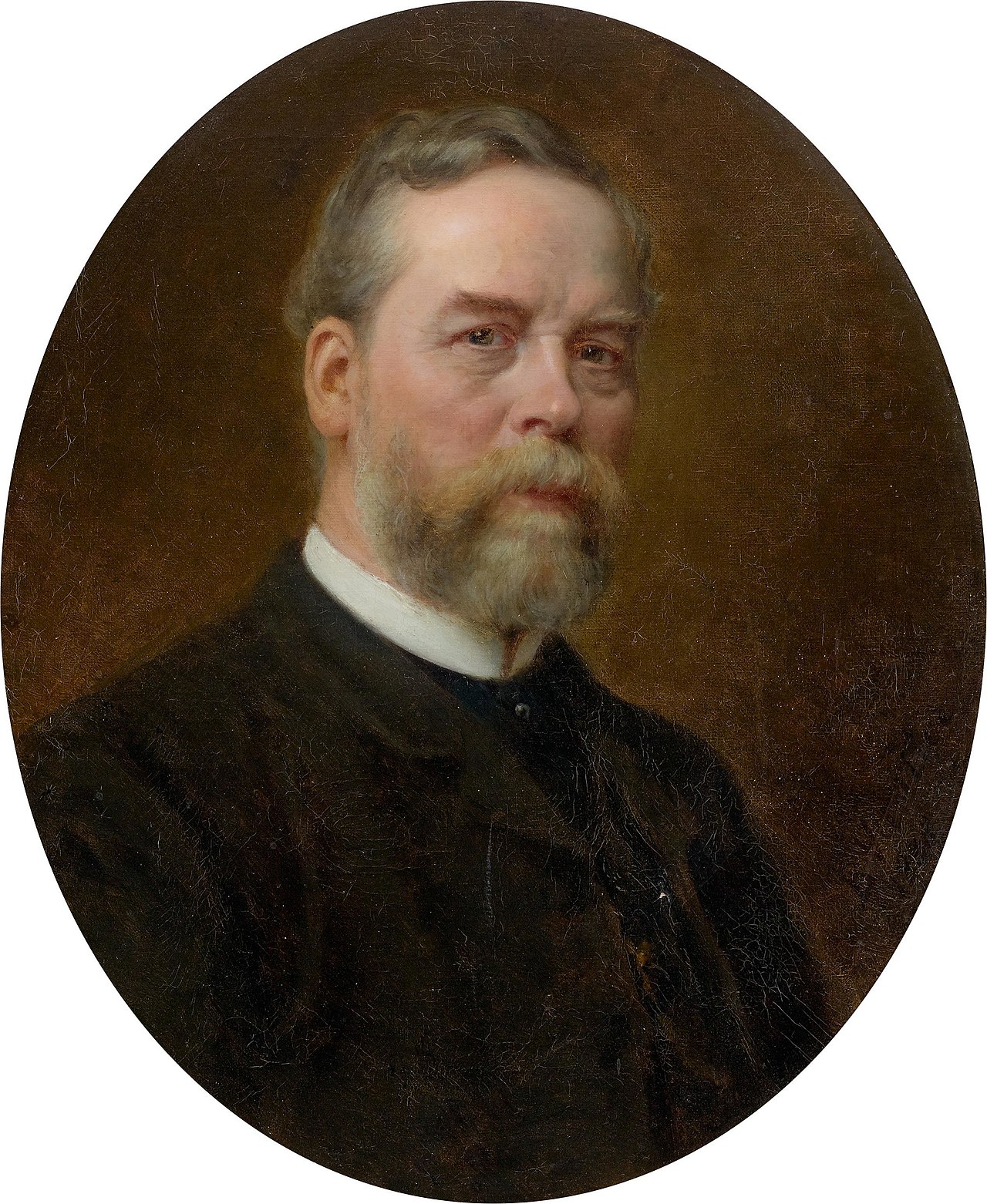
Marc Louis Benjamin Vautier, called the Elder, or simply Benjamin Vautier, was a Swiss painter and representative of the anecdotal narrative genre painting of the Düsseldorf School. He settled in Düsseldorf, where he became one of the masters of the local school of genre painting. He is the father of the artist Otto Vautier and great-grandfather of the artist BEN (Benjamin Vautier).
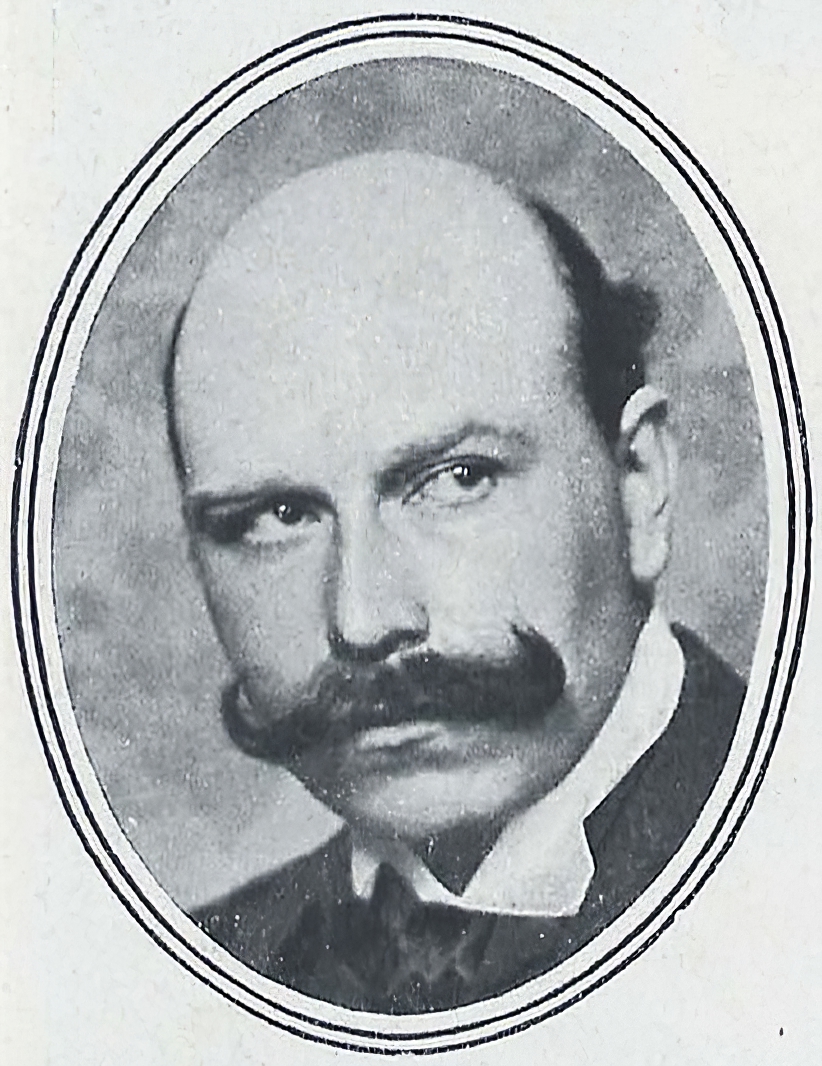
Arthur Kampf was a German painter. He was associated with the Düsseldorf school of painting.
Kampf's work is most strongly associated with the genre of traditional history painting, though throughout his lifetime he explored styles influenced by Impressionism and Art Nouveau. He was also celebrated for large scale portrait work and in particular children's portraiture. Kampf also worked extensively as an illustrator, contributing drawings to volumes by Shakespeare (1925), R. Herzog, History of Prussia (1913) and J.W. Goethe, Faust (1925). Kampf's artwork post World War II largely focused on religious themes.
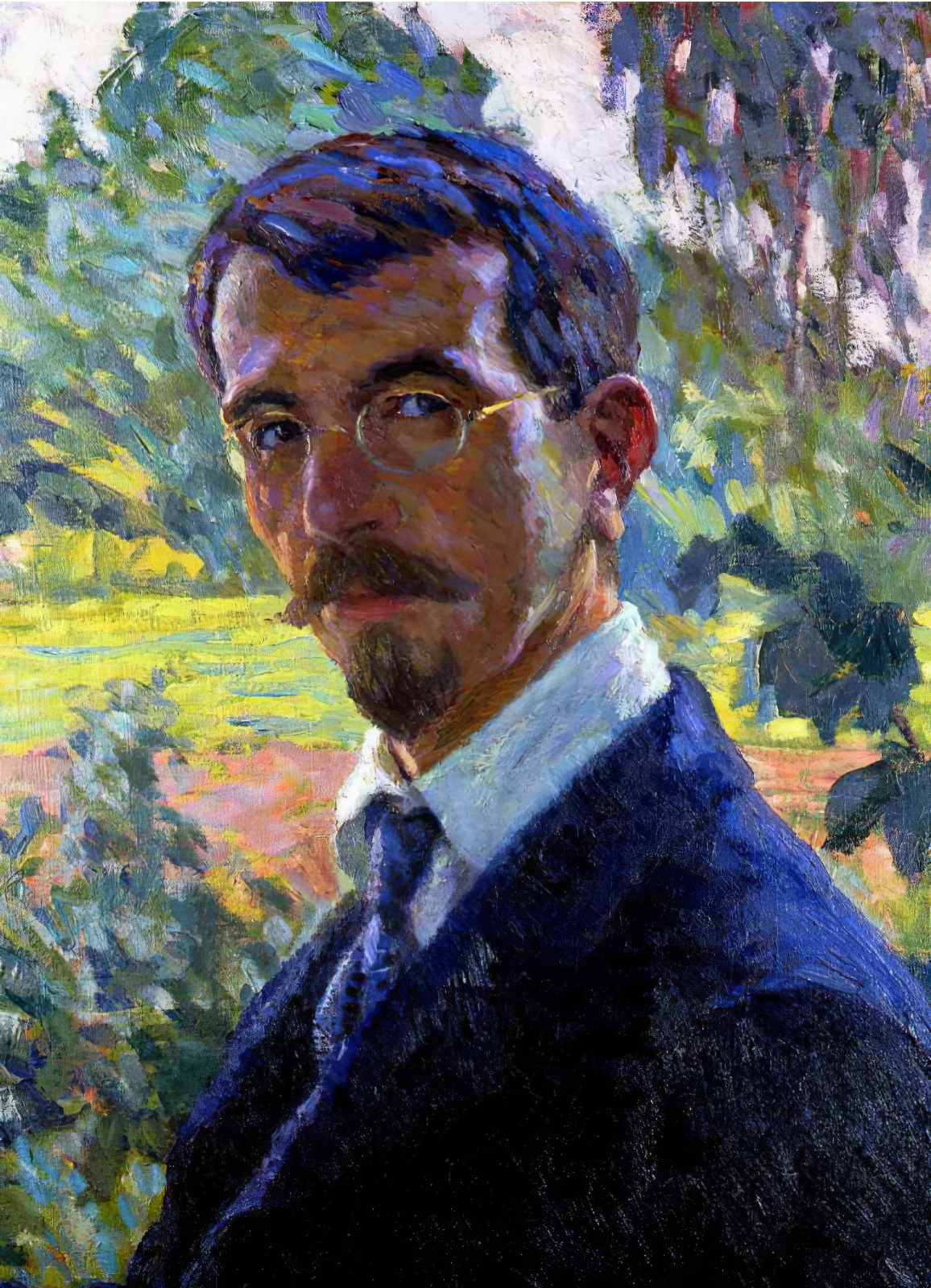
Wilhelm Heinrich Ernst Eitner was a German painter of the late nineteenth and first half of the twentieth centuries. He is known as an impressionist painter and teacher.
Eitner produced portraits, landscapes, and woodcuts in a style reminiscent of Japanese art. Despite initial rejection in German society of his impressionist style of painting, over the years he gained recognition and even the title "Claude Monet of the North." Eitner was a member of numerous art associations. His works are preserved in the Hamburg Kunsthalle.
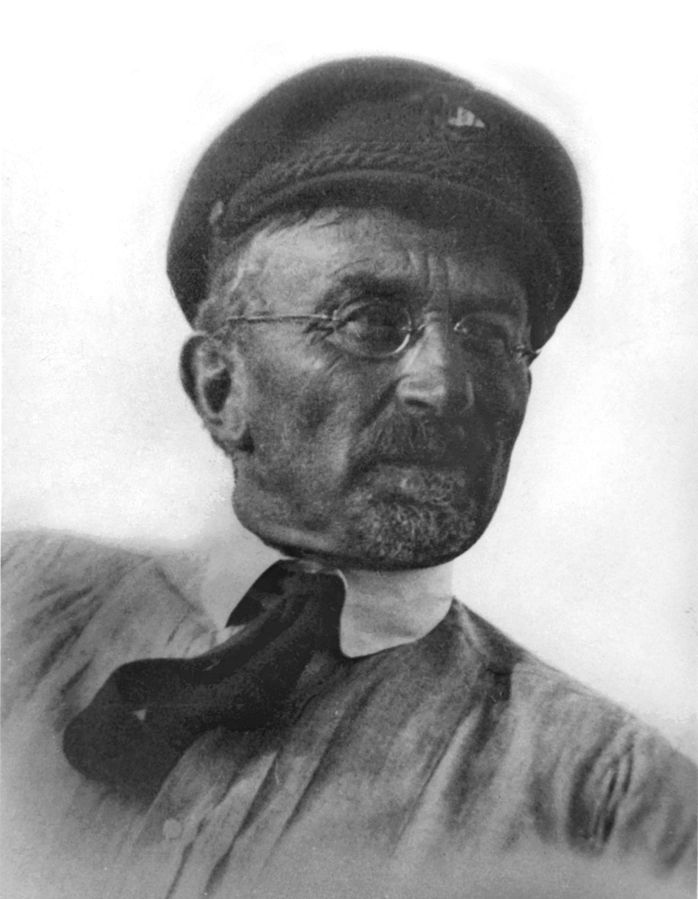
Poppe Folkerts was a German marine painter, draughtsman and graphic artist. He studied at the Berlin Academy of Fine Arts under Karl Salzmann. In 1907 and 1908 he studied figure and portrait painting in Düsseldorf with Eduard von Gebhardt, before going to Paris in 1909, where he was accepted at the Académie Julian.
Poppe Volkerts is considered one of the most outstanding artists of the Frisian coast. As an enthusiastic sailor, he was able to capture the peculiarities of this landscape, the struggle of people with the forces of nature and the fascination of the sea with its constantly changing weather conditions and moods, with a unique liveliness and intensity. His pastose application of paint, special lighting and pure colours create the spatial depth and radiance inherent in the paintings.

Poppe Folkerts was a German marine painter, draughtsman and graphic artist. He studied at the Berlin Academy of Fine Arts under Karl Salzmann. In 1907 and 1908 he studied figure and portrait painting in Düsseldorf with Eduard von Gebhardt, before going to Paris in 1909, where he was accepted at the Académie Julian.
Poppe Volkerts is considered one of the most outstanding artists of the Frisian coast. As an enthusiastic sailor, he was able to capture the peculiarities of this landscape, the struggle of people with the forces of nature and the fascination of the sea with its constantly changing weather conditions and moods, with a unique liveliness and intensity. His pastose application of paint, special lighting and pure colours create the spatial depth and radiance inherent in the paintings.
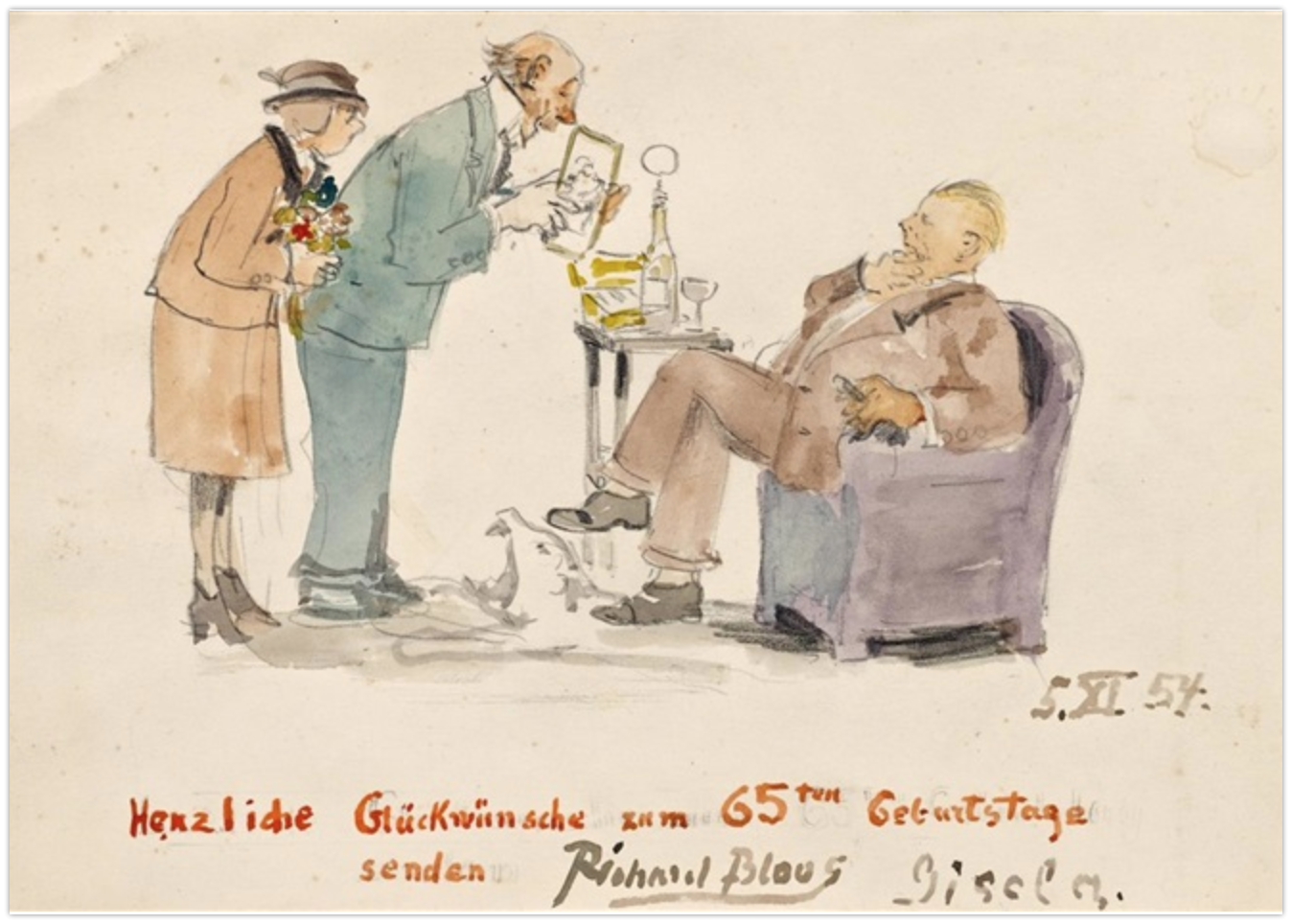
Richard Bloos was born in Brühl in 1878 and attended the Art Academy in Düsseldorf, where he studied under Peter Janssen, Willy Sparrow and Forberg. After a stay in Paris from 1906 to 1914, Bloos lived until his death in Düsseldorf in 1957. He participated in the exhibitions of the Münchner Sezession and the salon of the Société National des Beaux-Arts in Paris. The artist’s preferred motifs are lively figure scenes.
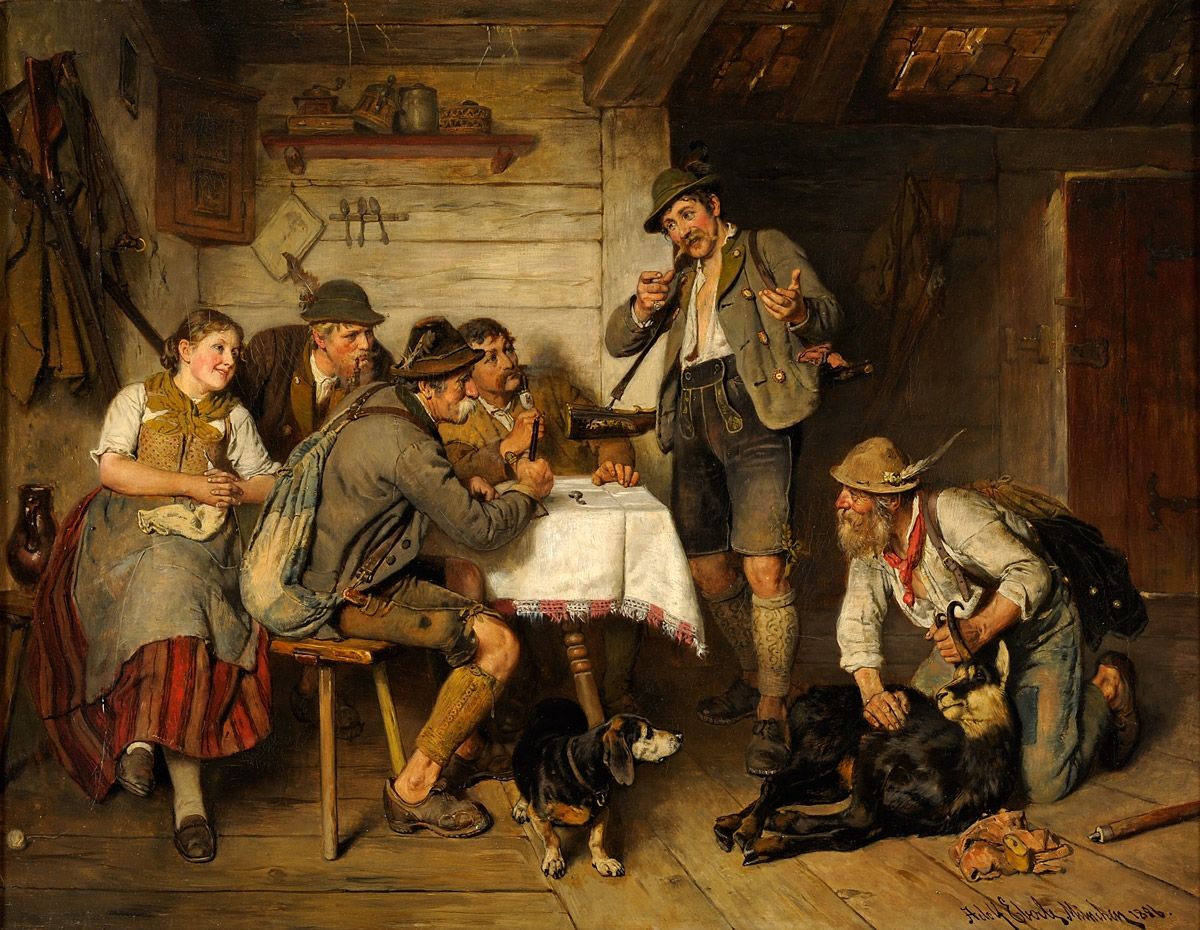
Adolf Eberle was a German painter of the second half of the nineteenth and early twentieth centuries. He is known as a genre painter and animalist.
Adolf Eberle specialized in depicting rural life, especially Bavarian and Tyrolean farmers and hunters. Early in his career, he was interested in historical subjects, but quickly returned to depicting peasant and animal life. His painting "The Sale of the Last Cow" brought him his first great success in 1861, and in 1879 at the Munich exhibition his work "The First Deer" was highly praised by the jury.
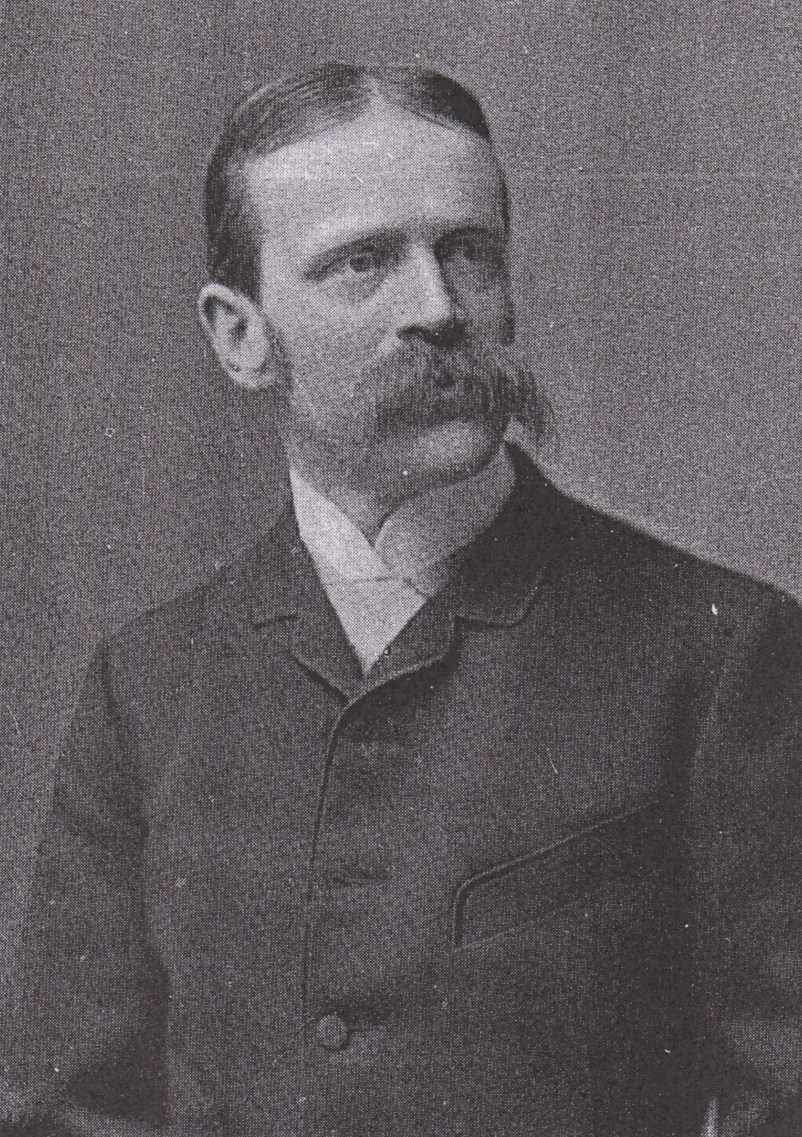
Fritz von Uhde was a German painter of the last third of the 19th and early 20th centuries. He is known as a religious and genre painter, who combined realism and impressionism in his work.
Von Uhde, creating genre and religious paintings, sought to connect the New Testament with modernity, depicting as characters representatives of the lower strata of the population. He is considered the forerunner of modern church art. Critics and the public often dismissed his work for being "vulgar," but admirers compared his style to Rembrandt for its naturalness and connection to life.
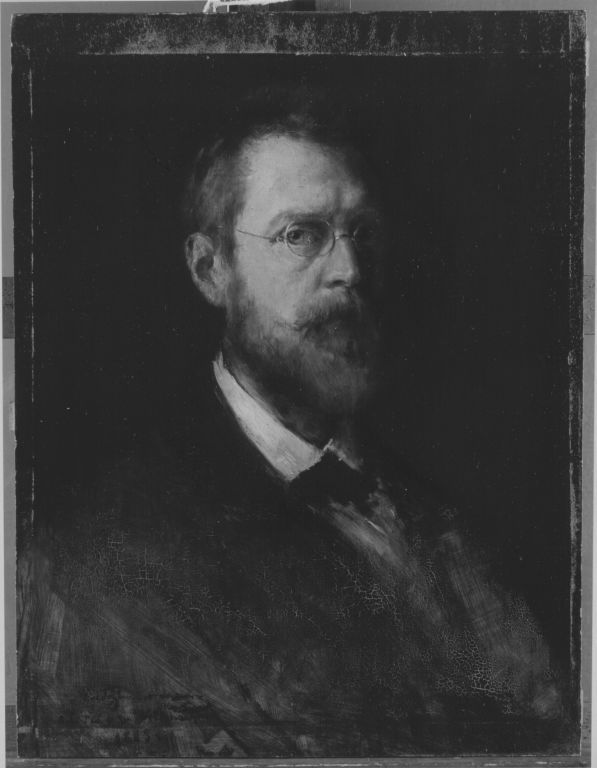
Ernst Karl Georg Zimmermann was a German painter of the last third of the 19th century. He is known as a genre painter.
Ernst Zimmermann received his first painting lessons from his father, the painter Reinhard Sebastian Zimmermann. Early in his career, he produced humorous genre paintings before moving on to create large works, including the famous works The Adoration of the Shepherds, Christ and the Fishermen, and Christ the Comforter. Zimmermann was a royal professor and honorary member of the Munich Academy of Fine Arts.
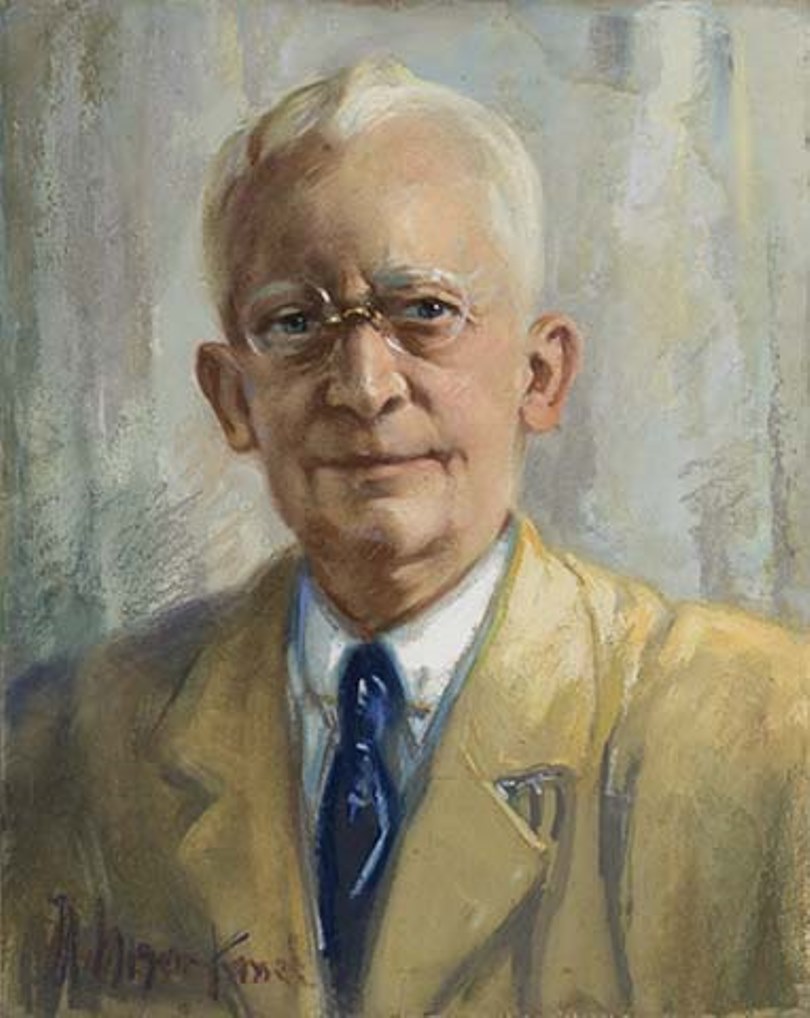
Hans Meyer-Kassel was a German and American landscape painter, illustrator, and draftsman.
He received a classical art education in Munich and served as a war painter during World War I. Later as a portrait painter he depicted numerous European officials on commission.
In 1922 Meyer-Kassel emigrated to the USA and in time became a revered painter in that country. He painted views of New York City and city life, seascapes, still lifes, and later portraits of famous people. Four portraits of Nevada governors, where he lived his last years, adorn the walls of the state capitol building.
